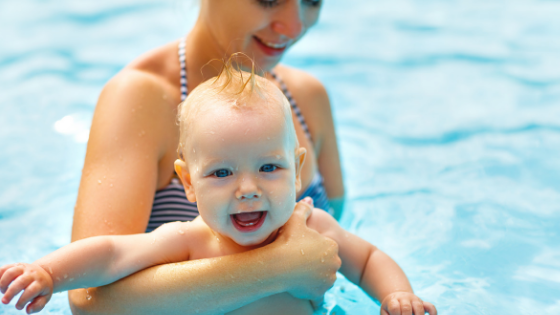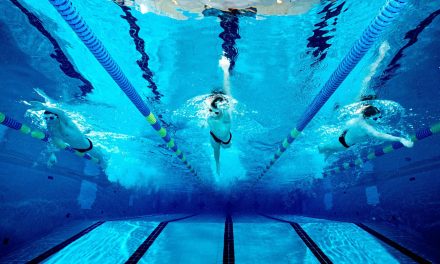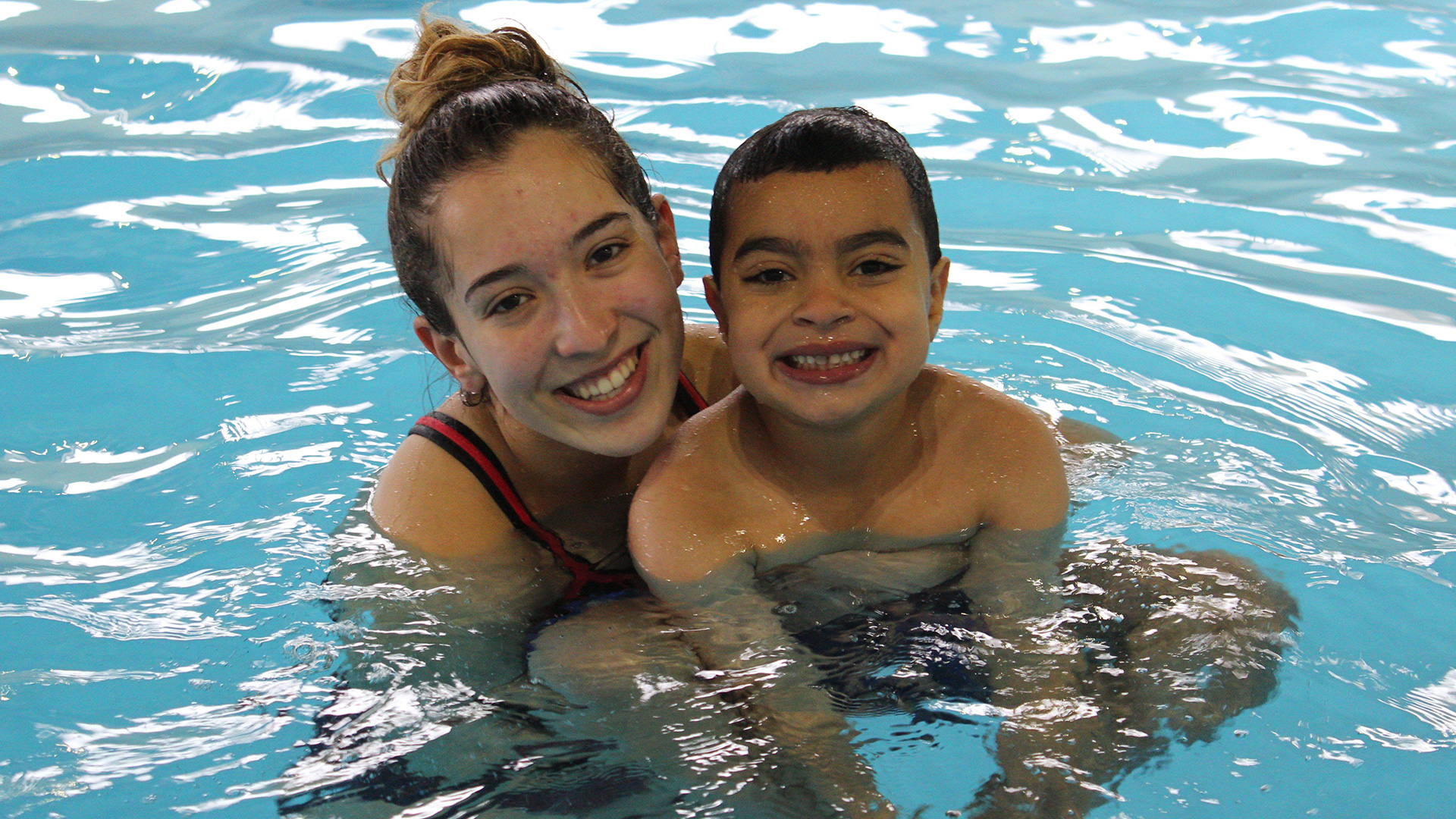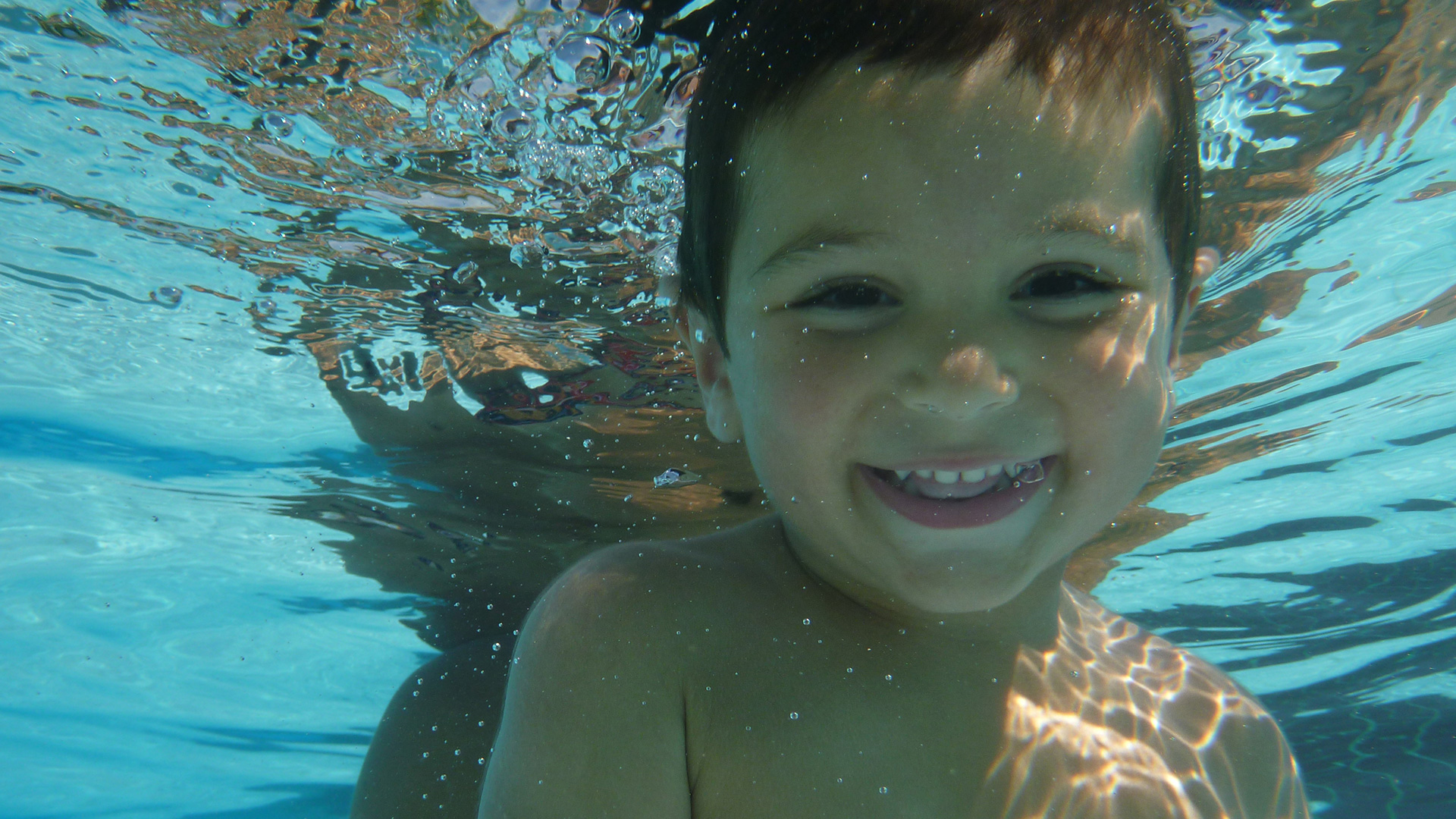Eventually, health authorities will start easing quarantine rules. Logically, the more essential services that can implement social distancing the easiest will be first, and gradual loosening from there. Parents and kids alike will be eager to get back into activities, but choosing the right ones in a post-quarantine world will require special consideration.
When it comes to recreational activities, sports and specifically swimming will likely be further down the list, due to the inherent close physical contact of sports. But the day will come where sports are given the green light, and pools are reopened. Given the passion and commitment Canadians have made towards social distancing, hopefully it will come sooner than later.
When swimming lessons are permitted to resume, there may be understandable hesitation from some parents. Hundreds of individuals frequent aquatic and recreational centers on a daily basis, risk of transmission will be on people’s minds. Fortunately, any business location including swimming centers will be implementing updated health & safety measures in response to covid-19.
That being said, some swimming lesson options will offer less risk than others. Let’s break it down.
The First Thing to Look For: Commitment to Safety
Before signing up for swimming lessons, check into the organization and their safety policies. Do they have a reputation for being transparent and for having client-friendly policies? Their safety policies should be clear, easily accessible, and well communicated. They should demonstrate an obvious commitment to safety, which will go a long way towards building trust among clients.
While early studies have found that pool chemicals neutralize the novel coronavirus, learning swimming does involve close physical contact between the instructor and child. While physical contact can be lessened for children who know how to swim, younger and non-swimmers simply need help – and require constant physical support. Organizations, however, should be able to implement safety policies to minimize and overcome these risks, as health authorities will undoubtedly provide safe standards upon restart.
Outside of the pool itself, this will likely mean limiting gatherings of people in common areas, sanitizing surfaces, maintaining physical distance between people where possible, among others. As well, there should be readily available customer support to address any questions and show that the organization is there for its clients at all times. When options are available, look for swim schools who are clearly putting these safety considerations first.
The Second Thing to Look For: The Type of Facility
With the emergence of the sharing economy and private swim clubs, there now exist a plethora of swimming options from the usual aquatic centers, to hotels, to fitness centers and schools. Typical aquatic facilities entertain hundreds of families and kids each day. While there will be social distancing measures still in place upon restart, it is important still to consider the vast number of people. Is there ample room in the seating areas? How will waiting parents be accommodated?
These are important considerations. It will be important, when going to a swimming pool, to consider how public and busy the overall facility, changing rooms, pool and waiting areas are. Pre-covid, aquatic centers would welcome hundreds of swimmers a day, while hotel pools remain mostly quiet.
#1 Safest Option: At Home Lessons
By having the lessons in the comfort of your own home, it removes any uncertainty and risk associated to going to a public. The only risk to consider is the instructor coming to your home.
When possible, choose an instructor you are familiar with. If not read their profile, inquire with customer service, get to know them. Familiarize yourself with the swim school’s safety policies for sending instructors to your home. Be sure to understand what is required on your end. Communicate frequently with your instructor during the classes, work together to create the safest possible environment.
Don’t have a backyard pool? Splitting classes with close neighbors, or using another family member’s pool are good options too, but should only be considered if permitted by health authorities.
#2 Safest Options: Private Swim Classes
If you must go somewhere for your swim classes, private swim classes has 2 distinct advantages: No other children in the child and thus fewer parents on site. As mentioned earlier, parents should research and familiarize themselves with the company safety policies. Communicate in advance with the instructor about how they can access your pool, avoid shaking hands, wash hands before and after the instructor arrives/leaves
As well they should also consider the facility they will be using. Will it be a public pool, private pool, in a fitness center, hotel, or residential complex.
#3 Safest Option: Group Class
For the reasons mentioned above, group classes will be the highest risk type of swim lesson to participate in. It involves interacting with the most other individuals, and hence the busiest facilities. Keep it mind that these comparisons are all relative. When health authorities give the green light to resume swim classes, it will not mean they are risky. This analysis is simply to highlight that, when given options, some options involve less risk than other options. Just like at-home and private lessons, the risks associated with group lessons can also be mitigated by implementing social distancing and other recommended safety guidelines.
In conclusion it is the parents who must to take it upon themselves to do their homework, assess their options, and above all put safety first.












